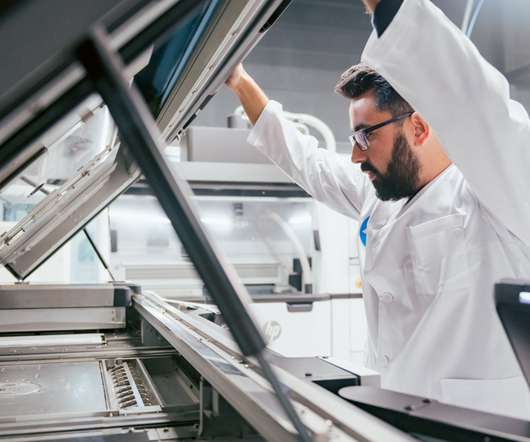FANUC calls for wider automation uptake to realise true value of UK manufacturing sector
i4.0 today
NOVEMBER 13, 2024
Marco outlined the challenges of integrating automation into the aerospace industry – a sector which, due to the size of parts, safety requirements and slow cycle times, is still heavily reliant on manual labour. Today Magazine.











Let's personalize your content